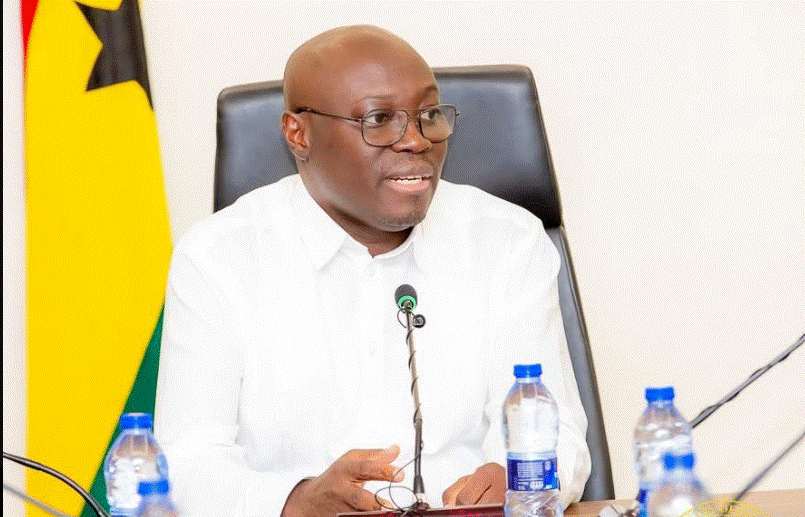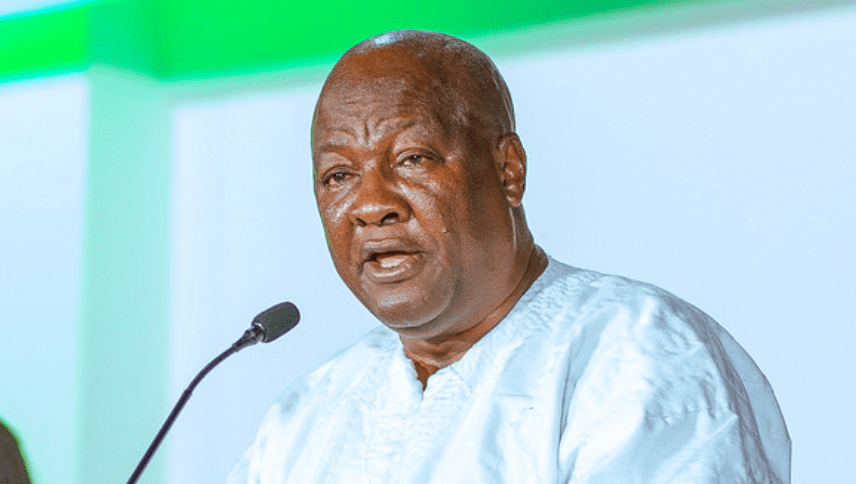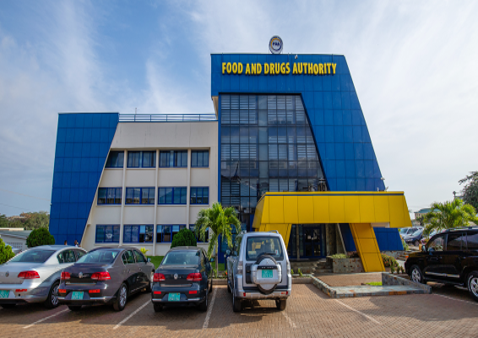
The Ministry of Energy and Green Transition has commenced the installation of 23,500 solar-powered streetlights across the country, as part of efforts to reduce the burden on the national electricity grid. Energy Minister, John Jinapor, announced the initiative at a press briefing held on Wednesday, July 16, 2025.
He said the project, which will cover a total stretch of 700 kilometres, is part of a broader plan to enhance energy efficiency and reduce the reliance on grid power for public lighting. “Streetlights alone consume between 200 and 300 megawatts during peak hours,” MrJinapor stated. “By moving these onto solar systems, we can reduce the national load and improve electricity availability for homes and businesses.”
Currently, most public streetlights are connected to the national grid and operate during peak evening hours, adding pressure to an already overstretched power generation and transmission system. Ghana is still recovering from a power shortfall of 720 megawatts reported at the end of 2024.
The Chronicle is glad about the Ministry’s decision to roll out 23,500 solar-powered streetlights nationwide, which is one of the most practical and forward-thinking interventions Ghana has seen in recent energy policy.
Currently, there are lots of malfunctioning streetlight all over the country, especially in the Country’s capital. Street lighting is essential for public safety, economic activity and civic life, particularly during the night. Yet, anyone living in the country knows the reality that when the national grid goes down, the entire country descends into darkness.
When things like this happen, it creates fertile ground for crime and road accidents. With most streetlights tied directly to the national grid, their functionality is directly linked to the health of our energy infrastructure. The 720-megawatt shortfall recorded at the end of 2024 made this painfully clear.
That is why this solar streetlight project spanning 700 kilometresis not just a clever solution but a necessary one. Solar-powered lights operate independent of the national grid. This means that even during peak load periods or power cuts, streets can remain lit. The implications for safety, mobility and national productivity are enormous.
Moreover, the numbers tell their own compelling story. According to Energy Minister John Jinapor, streetlights alone consume between 200 to 300 megawatts during peak hours. That is roughly the same power consumption as an entire city. Transitioning these lights to solar energy will help free up capacity on the national grid, allowing more homes and businesses to enjoy uninterrupted supply. It is, therefore, a strategic energy management reform.
Ghana lies almost entirely within the tropical zone and enjoys average daily sunshine hours ranging between 5 and 7 hours throughout the year. According to the Ghana Energy Commission, the country receives solar radiation ideal for solar energy harvesting. Yet, solar still accounts for less than 2% of the country’s total electricity generation mix. In that context, this solar streetlight initiative is not just timely, it is long overdue.
Beyond easing pressure on the grid, this programme aligns seamlessly with Ghana’s Green Transition Agenda. If executed properly, it will help lower the country’s carbon footprint, reduce dependency on fossil fuels and demonstrate our commitment to international climate obligations such as the Paris Agreement and the Sustainable Development Goals (SDGs). It will also lower public lighting costs for the government in the long run, making room for more investments in healthcare, education and job creation.
The success of this project hinges on transparency, maintenance and local community involvement. Too often in Ghana, public infrastructure projects begin with great fanfare only to be abandoned due to lack of oversight or corruption. Already, many communities live among thousands of dysfunctional streetlights installed just a few years ago.
This solar project must not suffer the same fate. Authorities must build a maintenance culture around it training local technicians, establishing accountability systems and setting up anti-theft mechanisms.
Ghana has the sun. Now it has the vision. Let this be the beginning of a new era in our national energy story one driven not by emergency generators, but by sunlight, foresight, and responsible public policy.
The post Editorial: Installation Of Solar-Powered Streetlights A Step In The Right Direction appeared first on The Ghanaian Chronicle.
Read Full Story





















Facebook
Twitter
Pinterest
Instagram
Google+
YouTube
LinkedIn
RSS